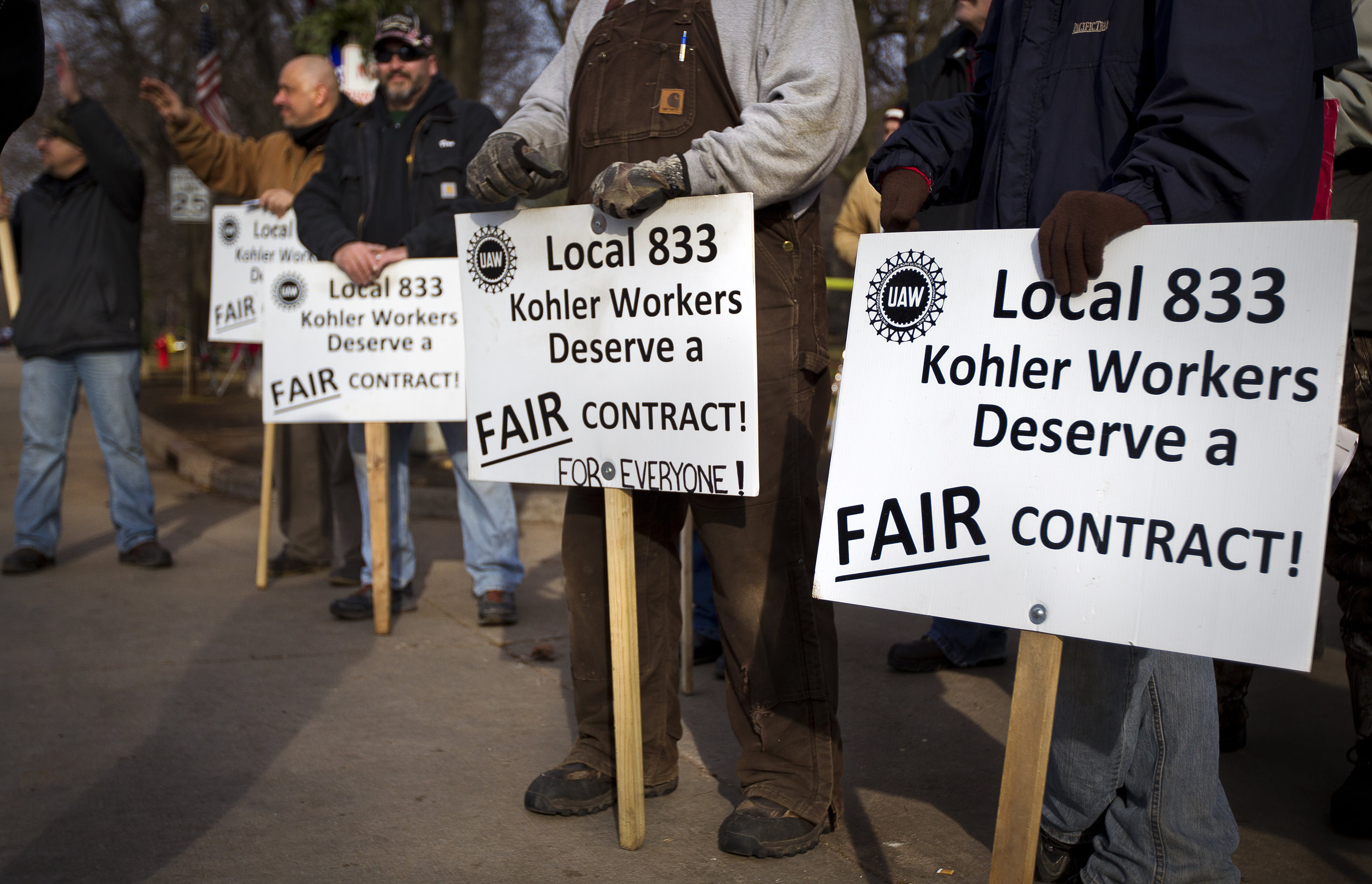“I can’t even count the number of times I was about to wrap a rope around my neck, and I called the VA and I got help.”
That's the kind of shit that sticks with you long after you stop rolling on your interview or shoot your last portrait of the day.
I had the incredible opportunity to visit and document the Tomah VA's efforts to refocus their mission and vision for the future as a hospital, while battling the ongoing stigma of the 2016 opioid and staffing crisis at the facility. As a part of that investigative assignment, Capital Times reporter Katelyn Ferral and myself sat down with both VAMC Medical Director Victoria Brahm as well as two Army veterans, Sam and Kris, who spoke honestly about their experiences at the facility.
It was during our second day, sitting down with Sam and Kris, that it struck me how immensely interconnected politics and the VA truly are. While it may just seem like a political ad invoking a crisis stays in the political realm, this intimate talk with Sam and Kris definitively proves otherwise. Political mudslinging can and does affect the work that the VA is trying to accomplish for our most in-need veterans in the wake of the opioid and staffing crisis at the facility.
During the assignment, I was also tasked with shooting still photos for use on the print and online versions of the article. Without a doubt, there are some quirks and pitfalls to shooting both formats on the same assignment, but I'll dive in deep on my thoughts about multitasking on assignment as the subject of a future blog post here on Photo Forward Media.
I can hands-down say this is one of my proudest projects I've worked on in recent memory and certainly one of the most emotionally impactful edits I've put together.
So, Photo Forward readers, what's the most emotionally-resonant documentary or editorial video content you've seen recently?





































